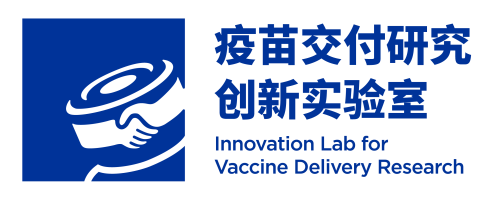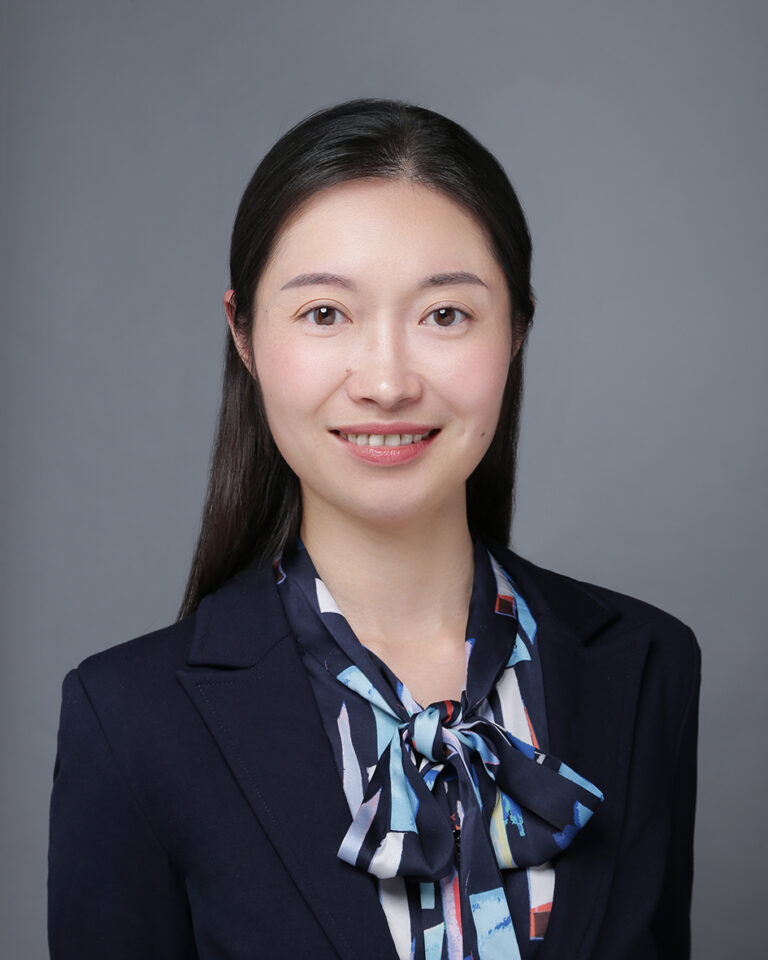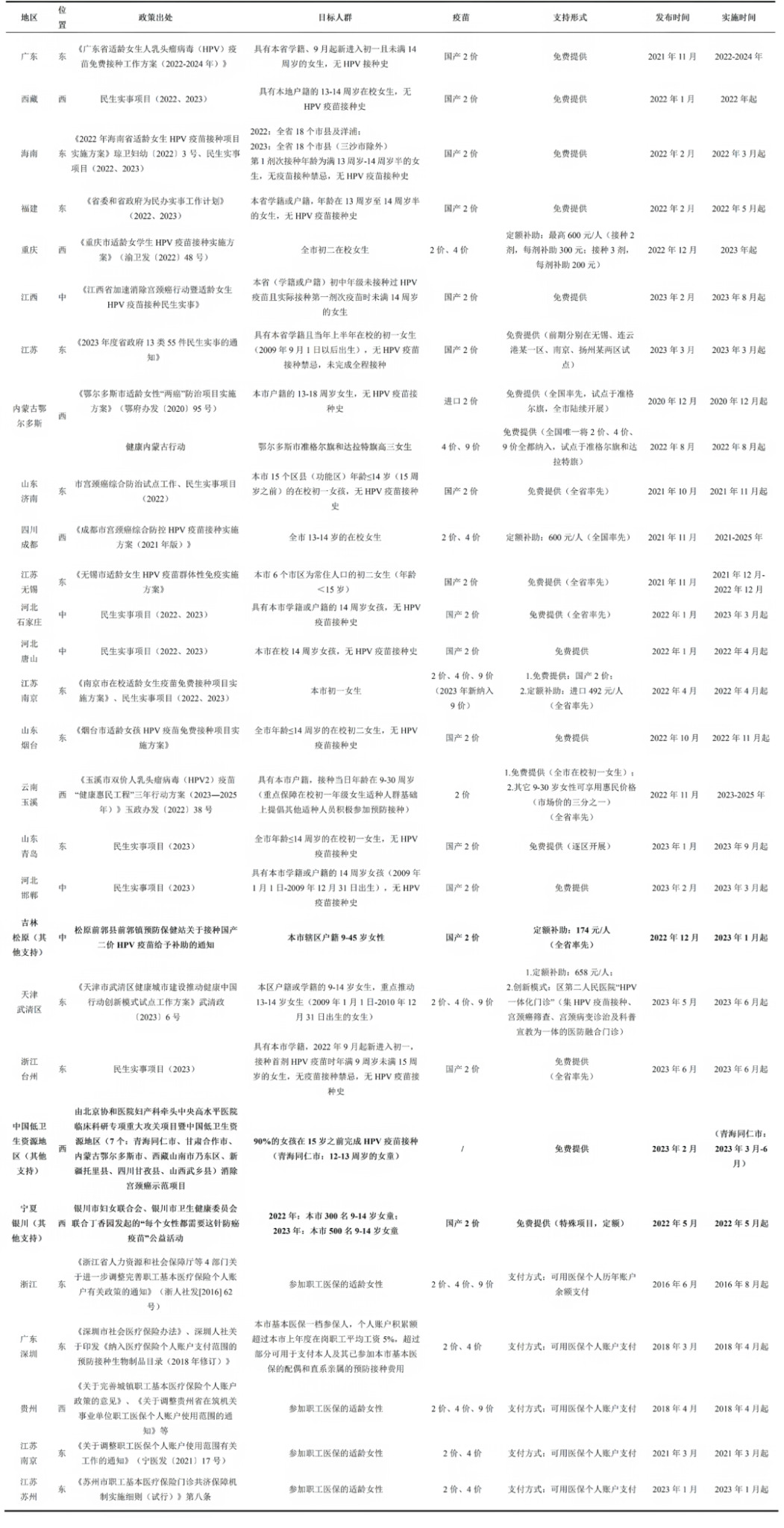Prevalence of preference of mother for non-national immunization program vaccines in Chongqing
Introduction
Topics
Project Description
1) To track maternal changes in awareness, attitudes, and knowledge of non-NIP vaccines, and the perceived threat of related diseases and vaccines, as well as to investigate the longitudinal interplay among perceived threat, attitudes towards vaccines, and vaccination behavior.
2) To explore the relationship between maternal preferences for non-NIP vaccines and the financing, organization, and delivery of non-NIP vaccine services.
3) To investigate social determinants associated with child vaccination patterns, particularly among socially vulnerable or marginalized groups.
* To understand the effects of social networks on vaccine information dissemination and the relationships between the characteristics of networks and maternal beliefs.
* Is there a resource dilution in vaccination in families with more than one child? How does the gender of children interact with the size of the family and influence parental beliefs and vaccination behaviors?
Research Area
Project Goal
This study aims to investigate and track the preferences of mothers of 2-month-old newborns in Chongqing, China, for several non-NIP vaccines, and the actual vaccination practices. It also explores health systems and social determinants that impact accessibility, availability, acceptability, and affordability of non-NIP vaccines, to provide evidence-based policy suggestions to enhance the coverage and administration of non-immunization schedule vaccines.
Period
Progress
December 2023 – January 2024: Organize on-site training and conduct a first-round questionnaire survey and qualitative research on mothers of 2-month-old infants.








